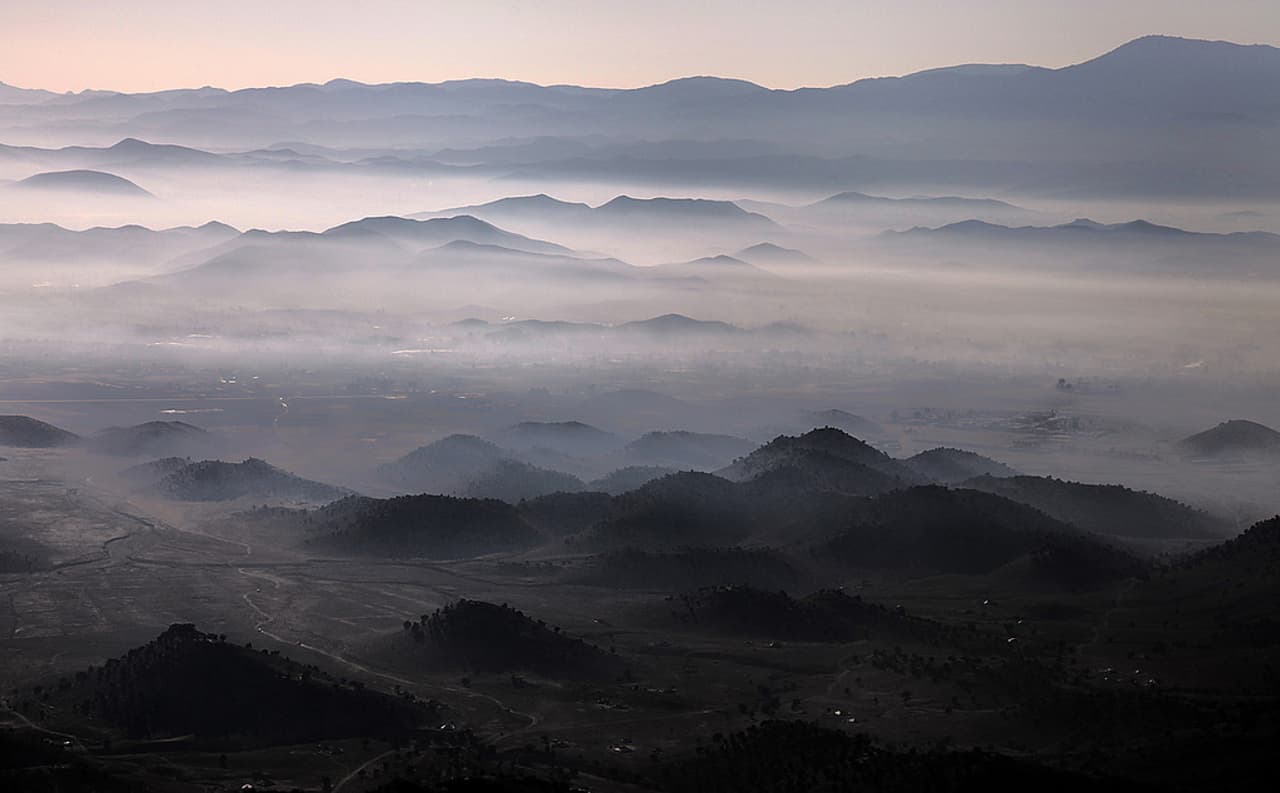
Mystery of ‘Australian’ slain by drone deepens
Was he, or wasn’t he? The mystery of the nationality of a militant killed in a drone strike in Pakistan last month deepens.
The Australian government has insisted the dead man – identified as Saifullah or Saif Ullah – was not an Australian citizen, while Pakistan military and other credible sources continue to claim he was a well-known Australian convert to Islam.
For the complete drone war investigation click here.
Saifullah was killed in a drone strike on July 5, as the Bureau reported at the time. Initial media reports claimed that he was a 50-year old Australian, who had become a middle-ranking al Qaeda operative.
Australia’s Foreign Affairs Ministry launched an investigation into the man’s origins, telling the Bureau:
We are aware of reports that an al Qaeda commander, Saifullah, allegedly an Australian, was killed in a drone strike… The relevant agencies are currently investigating the alleged Australian connection.
That investigation has now, however, concluded that no Australian citizen was killed in the strike. A spokesperson for Canberra’s Department of Foreign Affairs said:
There is no information to indicate an Australian was killed in the alleged attack.
Australian convert
The Bureau has now learnt far more about Saifullah and the attack in which he died.
Younger than originally reported – Saifullah was in his late 30s – he was linked to a local militant group rather than to al Qaeda. As our field researchers in Waziristan report: ‘There was no doubt about Saifullah’s background. He was a white Australian convert who had grown a beard, and who had come to North Waziristan four years ago.’
Saifullah was a regular traveller between Pakistan’s tribal areas and Khost in Afghanistan. There he reportedly fought against western and Afghan forces as part of a militant group headed by Hafiz Gul Bahadur, a man high on the CIA’s wanted list.
Saifullah had returned from Khost just two days before his death, and was staying at the guest house of a man identified as Zahirullah – who was also killed in the strike.
According to one Bureau source :
many people who knew Zahirullah and his family claimed he wasn’t involved in militancy and had no links with al-Qaeda or Taliban. They said he couldn’t have refused to host a guest for a night or two in keeping with local traditions of hospitality. … However, some felt he was a suspect for hosting a militant. A few insisted that Zahirullah had in the past fought in Afghanistan alongside the Taliban.
A Pakistani military source also confirmed to the Bureau that Saifullah had been known locally as ‘the Australian’ and that he was suspected of fighting alongside militants in Afghanistan.
Denial
Despite the Bureau’s findings, the Australian investigation has concluded that none of its citizens died in the July 5 strike, a spokesperson has confirmed.
‘There was no doubt about Saifullah’s background. He was a white Australian convert who had grown a beard, and who had come to North Waziristan four years ago.’
Field researcher, Waziristan
Professor Rohan Gunaratna, an expert on Australian Islamic radicals, said that Saifullah was likely to have been ‘one of a very small number of Australians who went and received training in Pakistan’s tribal areas and became a jihadist there.’
In total he estimates that between 120 and 150 Australians have been trained in Pakistan in the past two decades, the majority by Kashmir-based radical groups.
Civilian deaths reported
The Bureau’s coverage of the Covert Drone War is an ongoing project logging and analysing reports of all CIA drone attacks in Pakistan.
Based on this data, the Bureau published a major reassessment of the CIA’s drone campaign on August 10, revealing a large number of reported civilian deaths, including 169 children.
Civilians have also reportedly been killed in at least one of the three strikes in the region over the past three weeks, since the Bureau first published its data.
Younger than originally reported – Saifullah was in his late 30s – and was linked to a local militant group rather than to al Qaeda
An attack on August 16 in Miranshah, North Waziristan, was initially claimed to have killed four militants. But a local intelligence official has since reported that at least two women and a child were among the dead.
Civilians may also have been killed in another strike on August 22, which hit a car in Norak, North Waziristan as well as the house of a local tribal elder. Four members of one family were reported to be among the dead.
The US continues to insist that it has killed no ‘non-combatants’ in Pakistan drone strikes since May 2010. The Bureau’s latest findings show that between 99 and 261 civilians have been reported killed in that time period.


